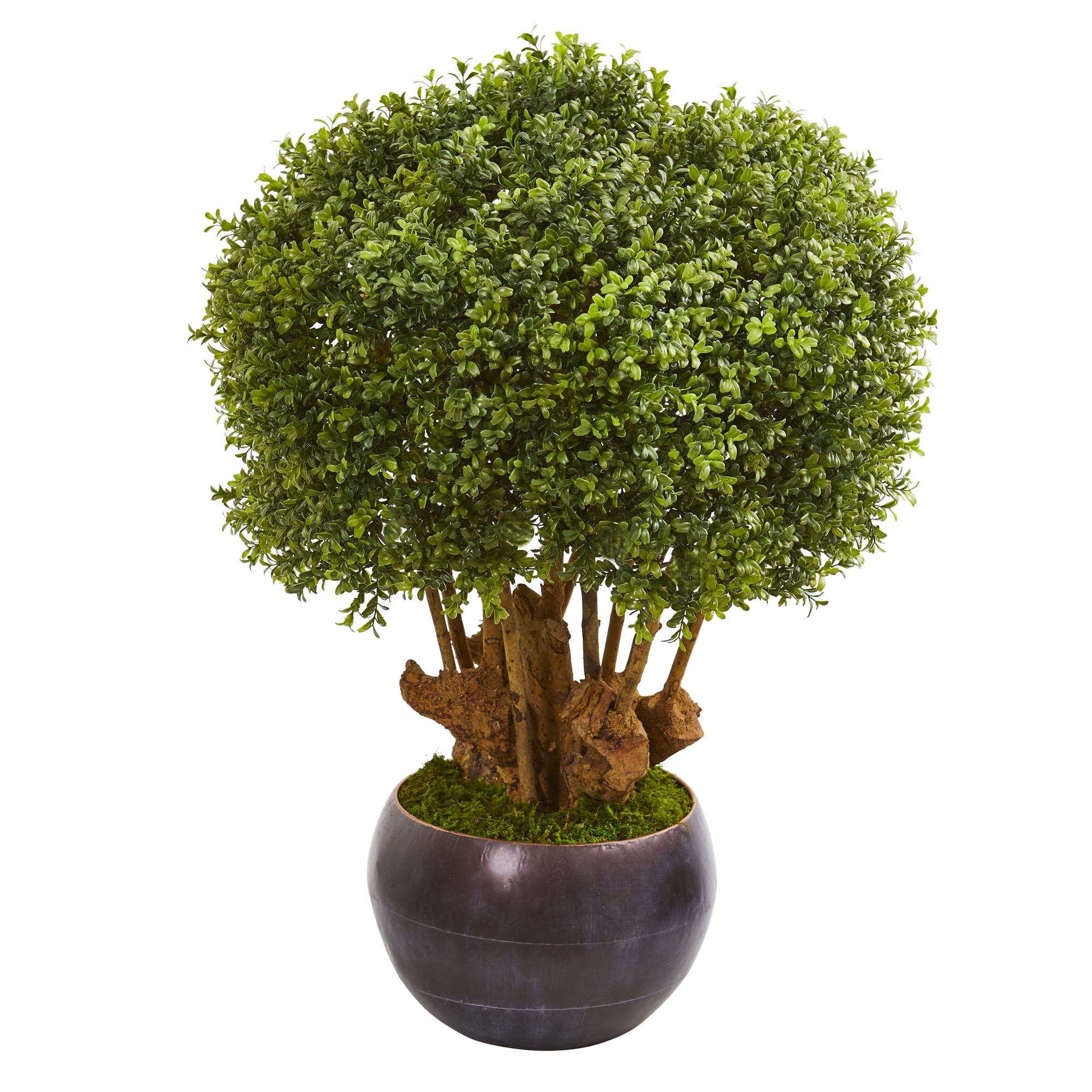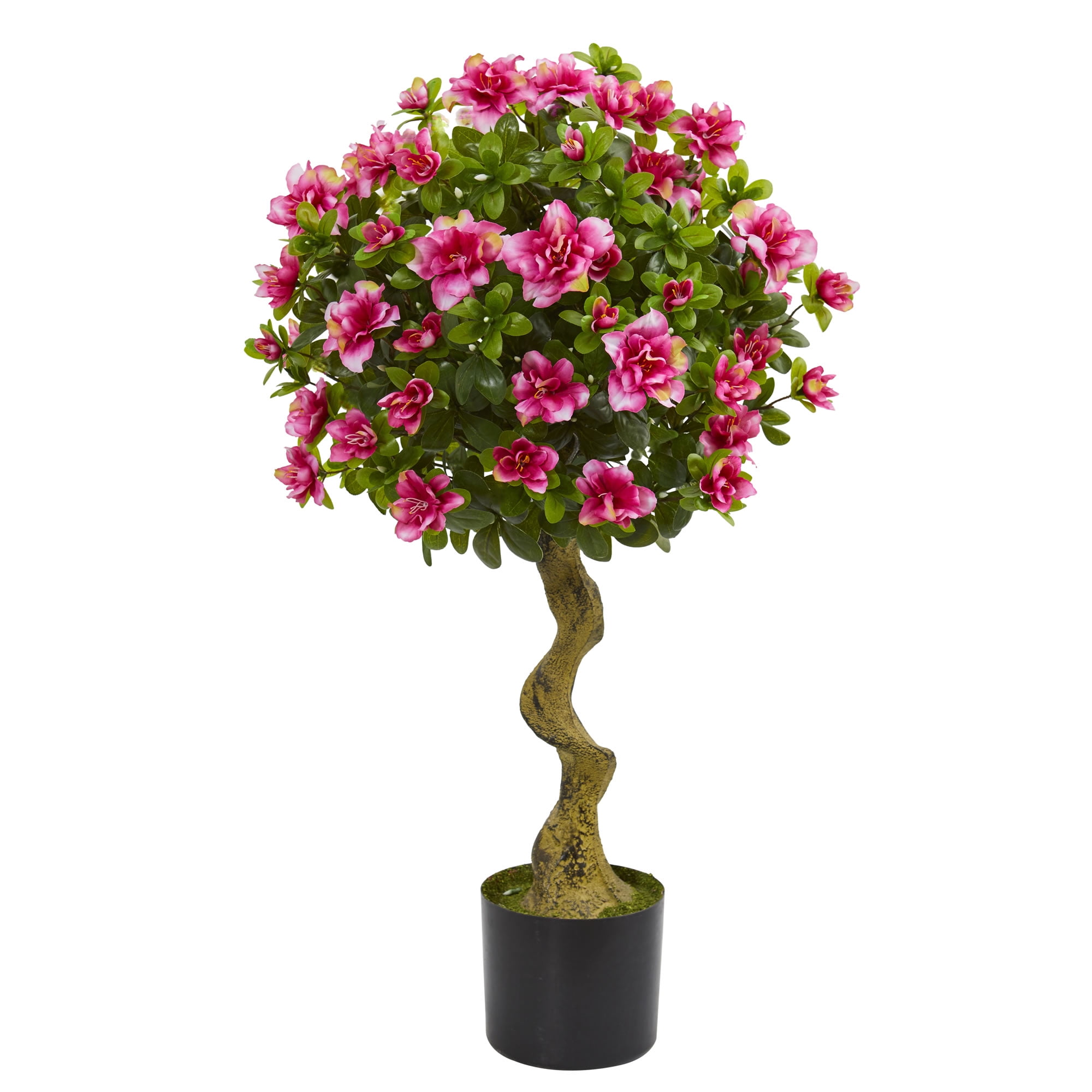Artificial Topiary Tree Design

Artificial topiary trees offer a wide range of designs and styles, catering to diverse tastes and decor preferences. From traditional to contemporary and whimsical shapes, these artificial creations bring a touch of greenery and sophistication to any space.
Artificial topiary trees, with their meticulously trimmed shapes, bring a touch of verdant elegance to any space. As you adorn your kitchen walls with kitchen wall art that captures the beauty of nature, consider incorporating these artificial topiaries to create a cohesive aesthetic that enhances the ambiance of your culinary haven.
Traditional Designs
Traditional topiary trees draw inspiration from centuries-old gardening techniques. These designs often feature classic shapes such as spheres, pyramids, and cones. Boxwood and yew are common plant species used for topiary, and their artificial counterparts mimic the dense, evergreen foliage of these natural trees. Traditional topiary trees are ideal for formal gardens, stately entrances, and classic architectural settings.
Artificial topiary trees, with their meticulously manicured forms, evoke a sense of tranquility and order in any space. Their evergreen foliage remains vibrant throughout the seasons, adding a touch of nature’s beauty indoors or out. Like custom wall art , these artificial trees can be tailored to complement the décor of any room, bringing a touch of sophistication and greenery to your surroundings.
Contemporary Designs, Artificial topiary trees
Contemporary topiary trees embrace modern aesthetics, incorporating sleek lines and abstract forms. Geometric shapes, such as cubes, spirals, and zigzags, are prevalent in these designs. Artificial materials like plastic and metal allow for intricate detailing and unconventional shapes, adding a touch of modernity to both indoor and outdoor spaces. Contemporary topiary trees are suitable for contemporary homes, art galleries, and urban environments.
Whimsical Designs
Whimsical topiary trees defy traditional norms, embracing playful and imaginative shapes. Animals, characters, and objects are common themes in these designs. Artificial topiary trees with animal shapes, such as elephants, giraffes, or peacocks, add a touch of whimsy to gardens and children’s play areas. Whimsical topiary trees are perfect for creating a whimsical and enchanting atmosphere in any setting.
Materials and Construction of Artificial Topiary Trees

Artificial topiary trees have revolutionized the landscaping industry, offering a durable and versatile alternative to living topiaries. Understanding the materials and construction methods used in their creation is crucial for selecting the best trees for your specific needs and ensuring their longevity.
Various materials are employed in the construction of artificial topiary trees, each with its unique advantages and disadvantages.
Polyethylene
Polyethylene is a lightweight, durable, and cost-effective material commonly used in the production of artificial topiary trees. It is resistant to fading, cracking, and moisture, making it suitable for both indoor and outdoor use. Polyethylene trees are also relatively easy to clean and maintain, contributing to their overall practicality.
PVC
PVC (polyvinyl chloride) is another popular material for artificial topiary trees. It is known for its strength, durability, and resistance to pests and diseases. PVC trees can withstand harsh weather conditions, including extreme heat and cold, making them ideal for outdoor use. However, PVC can be more expensive than polyethylene and may require more maintenance due to its susceptibility to fading over time.
UV-Resistant Fabrics
UV-resistant fabrics are specifically designed to withstand the damaging effects of ultraviolet radiation from the sun. They are often used as the outer layer of artificial topiary trees to protect the inner materials from fading and deterioration. UV-resistant fabrics ensure that the trees retain their vibrant colors and realistic appearance for an extended period, making them a good choice for outdoor applications where sun exposure is a concern.
Applications and Benefits of Artificial Topiary Trees

Artificial topiary trees are versatile decorative elements that offer a touch of greenery and elegance to various settings. Their applications extend beyond traditional landscaping to include interior design and event decoration.
In landscaping, artificial topiary trees provide year-round greenery and structure to gardens, patios, and outdoor living spaces. They can be used to create formal or informal hedges, add height and drama to flower beds, or flank entrances and pathways. Their ability to withstand harsh weather conditions makes them ideal for areas with extreme temperatures or limited sunlight.
Within interior design, artificial topiary trees bring a touch of nature indoors, creating a sense of tranquility and freshness. They can be placed in living rooms, bedrooms, offices, and other indoor spaces to add a decorative element and improve air quality. Their compact size and low maintenance requirements make them suitable for even small apartments or busy households.
Artificial topiary trees also play a significant role in event decoration, adding a touch of sophistication and elegance to weddings, parties, and corporate events. They can be used as centerpieces, backdrops, or to create a festive atmosphere. Their versatility allows them to be incorporated into various themes and styles, from classic to modern.
The benefits of using artificial topiary trees are numerous. They require minimal maintenance compared to live plants, eliminating the need for watering, fertilizing, or pruning. Their durability ensures they can withstand harsh weather conditions and heavy use, making them a long-lasting investment. Additionally, artificial topiary trees are lightweight and easy to move, allowing for flexibility in placement and storage.
Environmental Sustainability
Artificial topiary trees offer an eco-friendly alternative to live plants, contributing to environmental sustainability. They eliminate the need for pesticides, herbicides, and fertilizers, reducing the impact on the environment. Additionally, they conserve water resources by eliminating the need for watering, making them a sustainable choice for drought-prone areas.